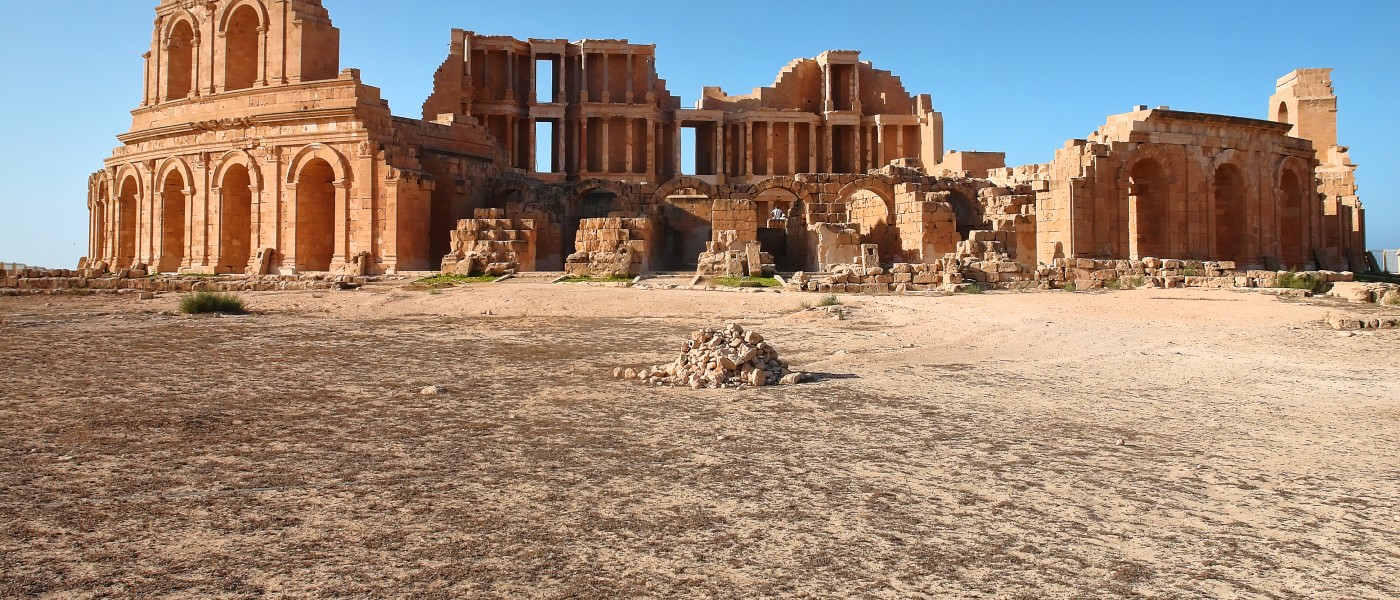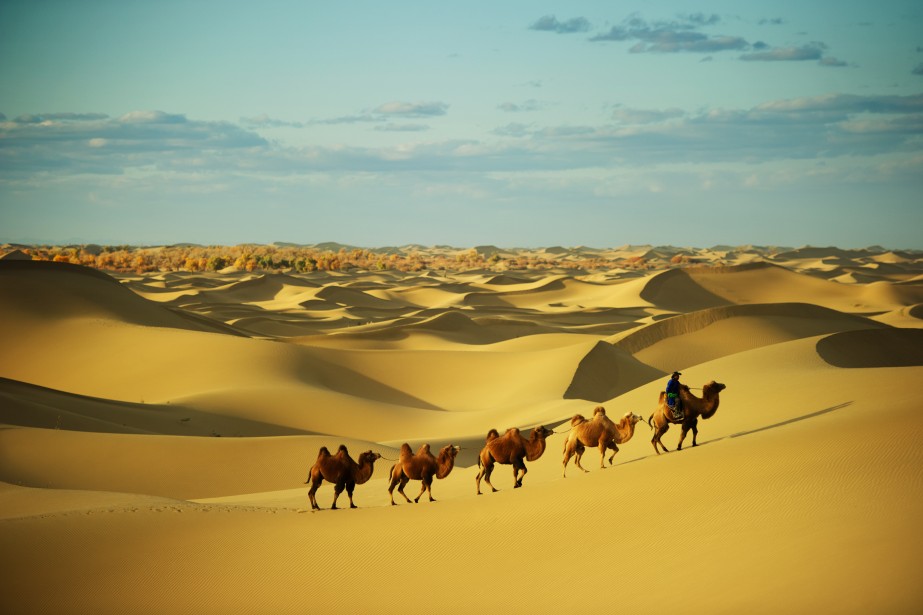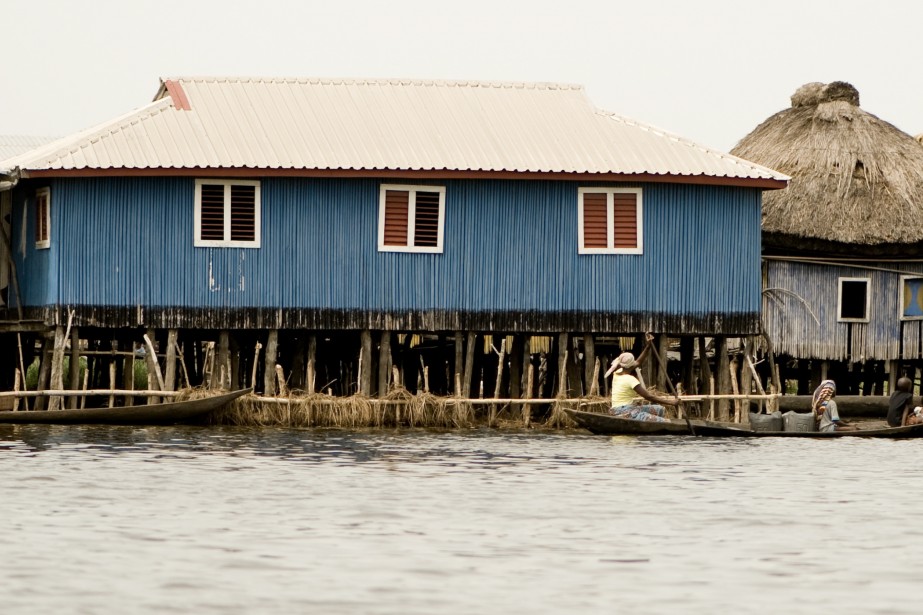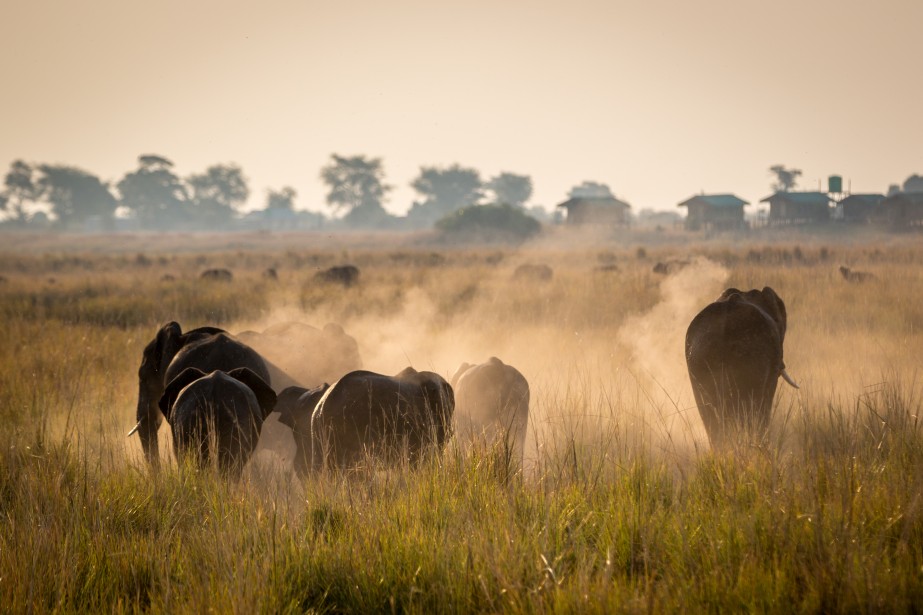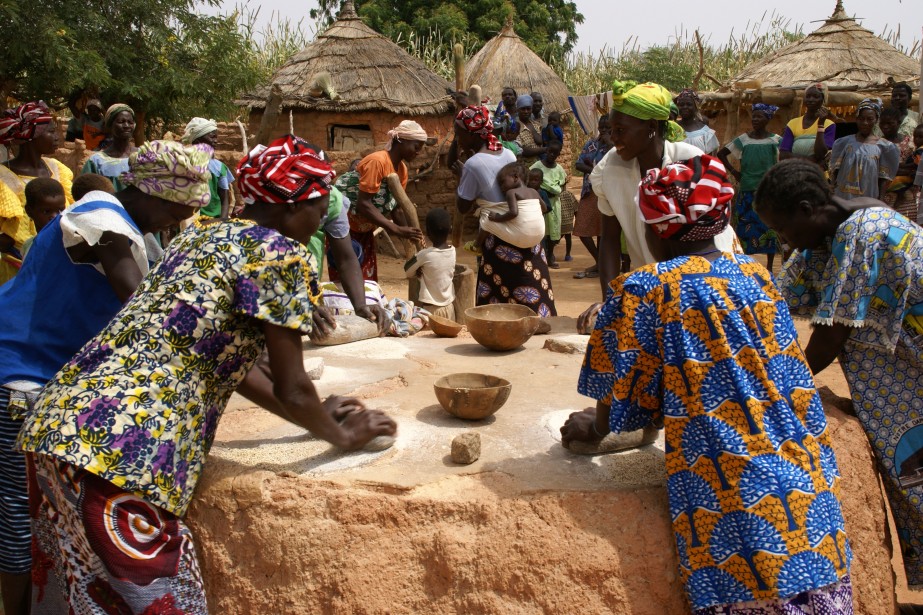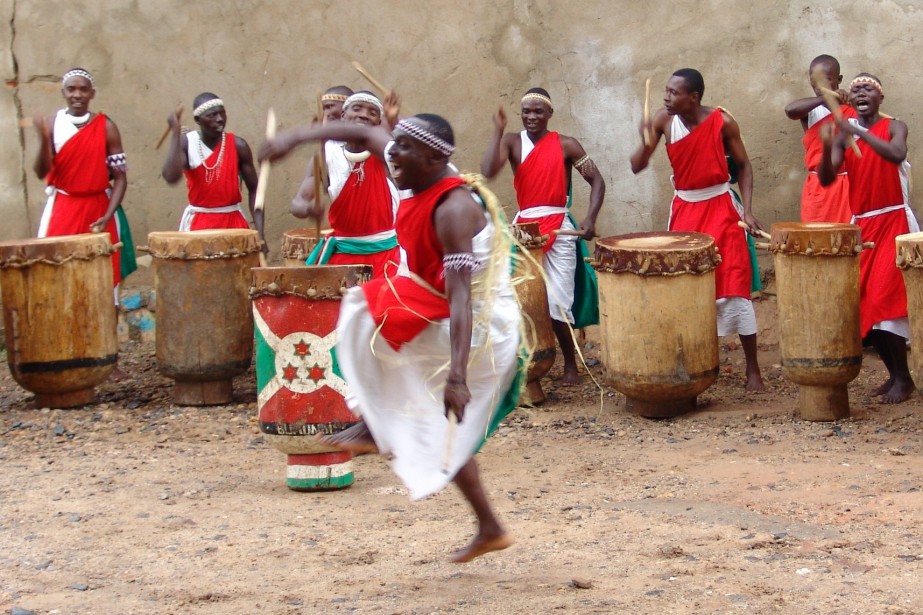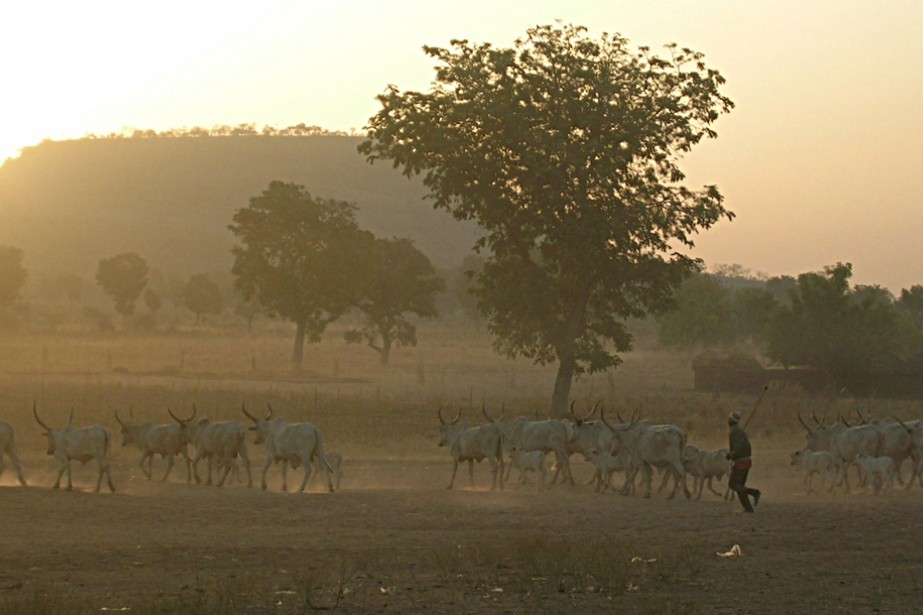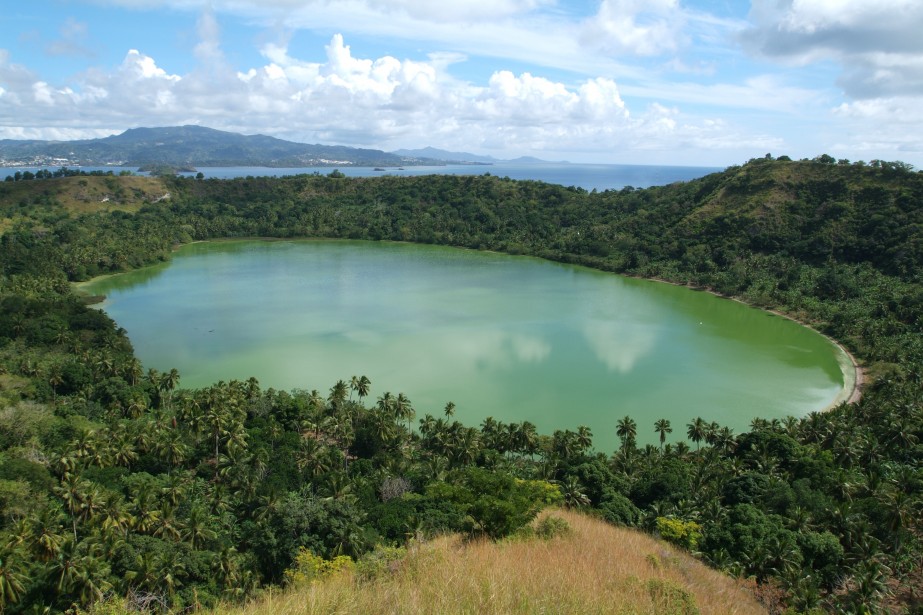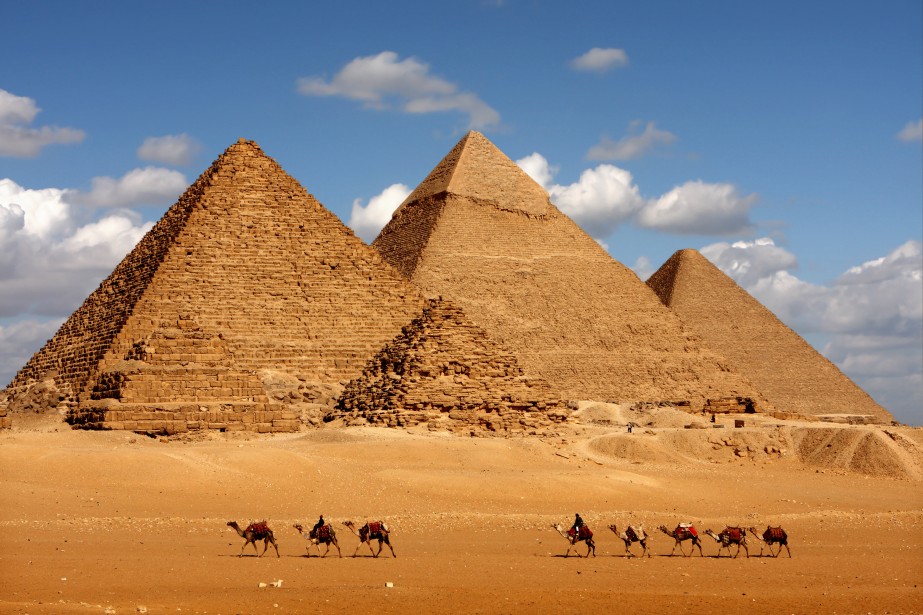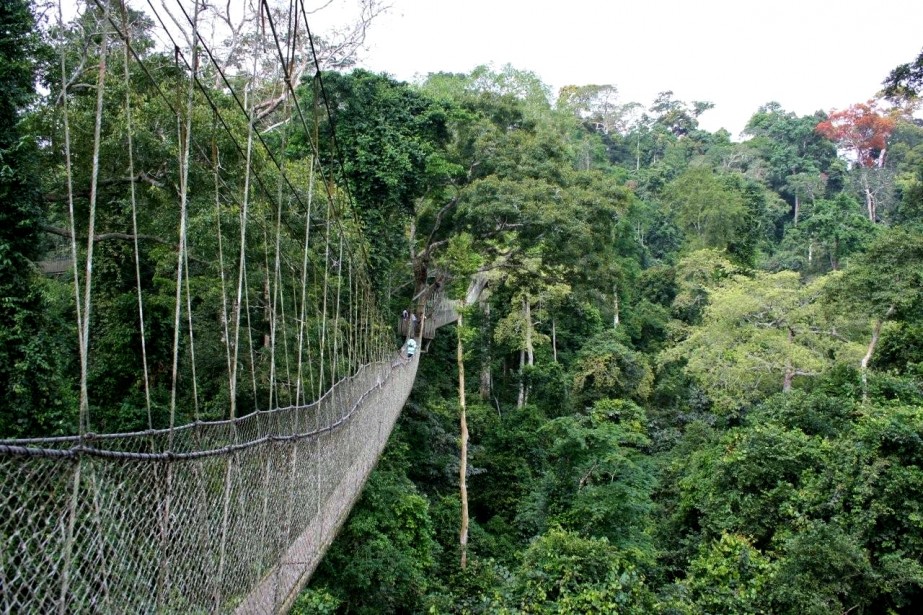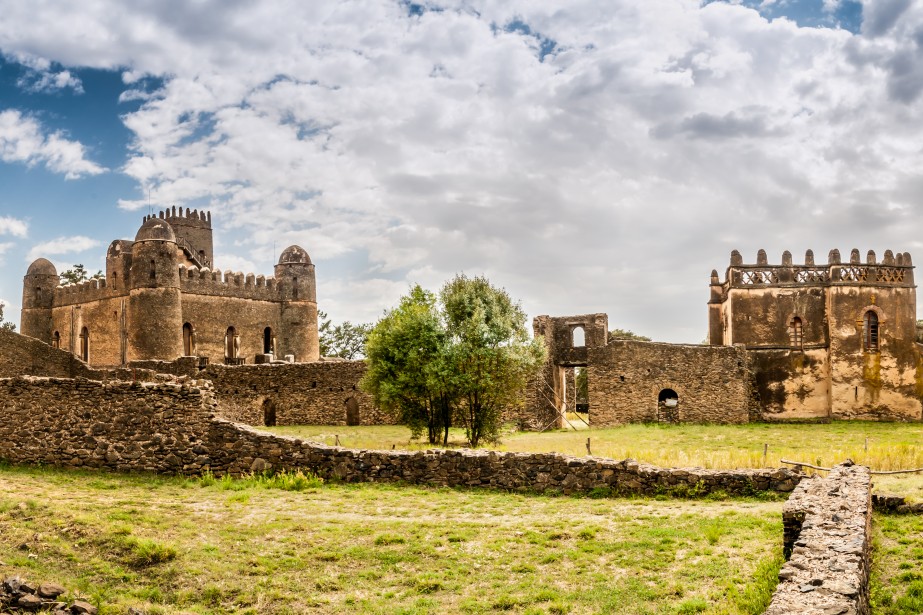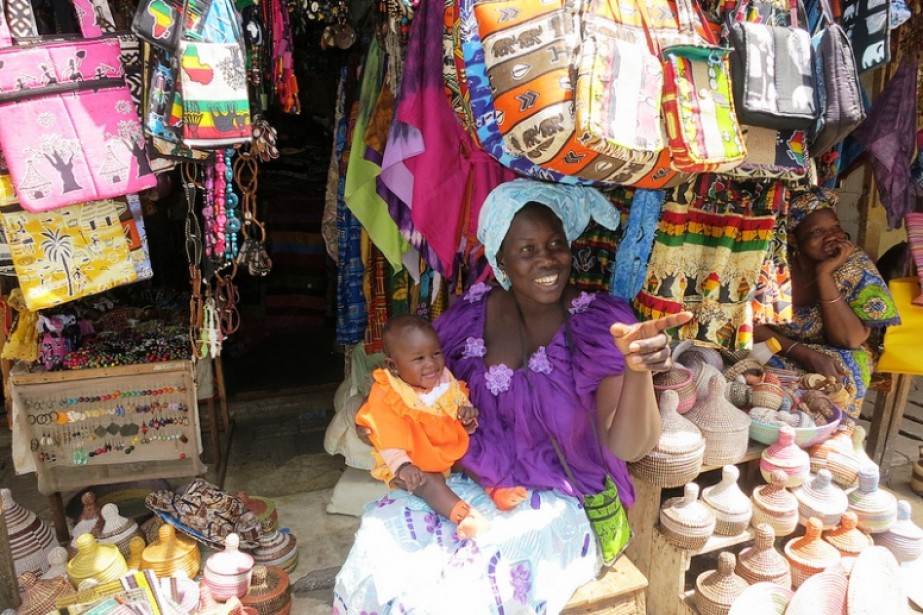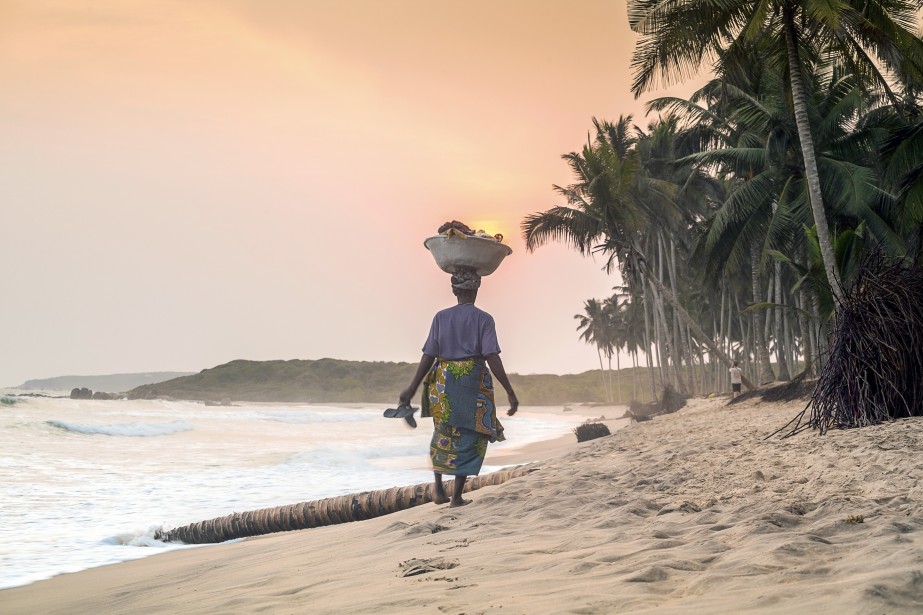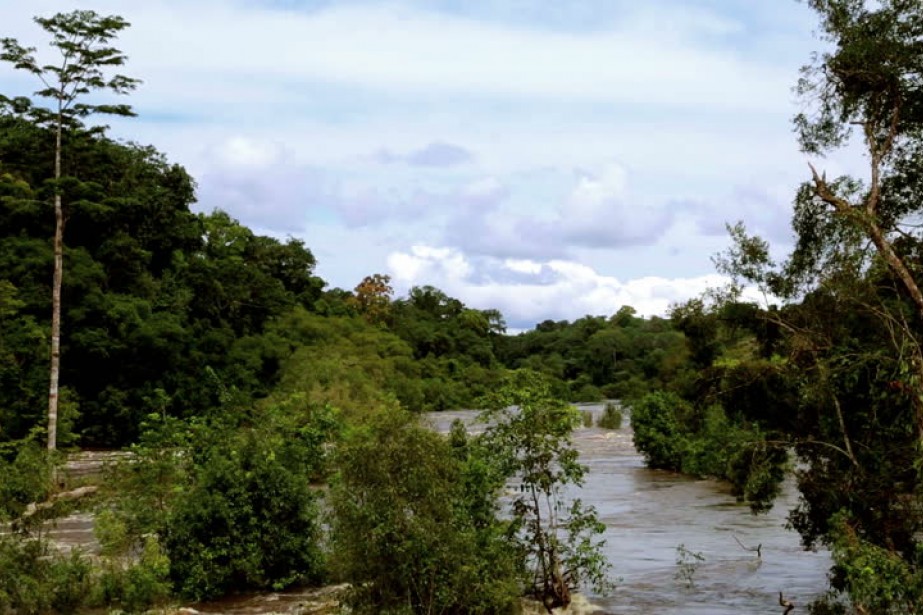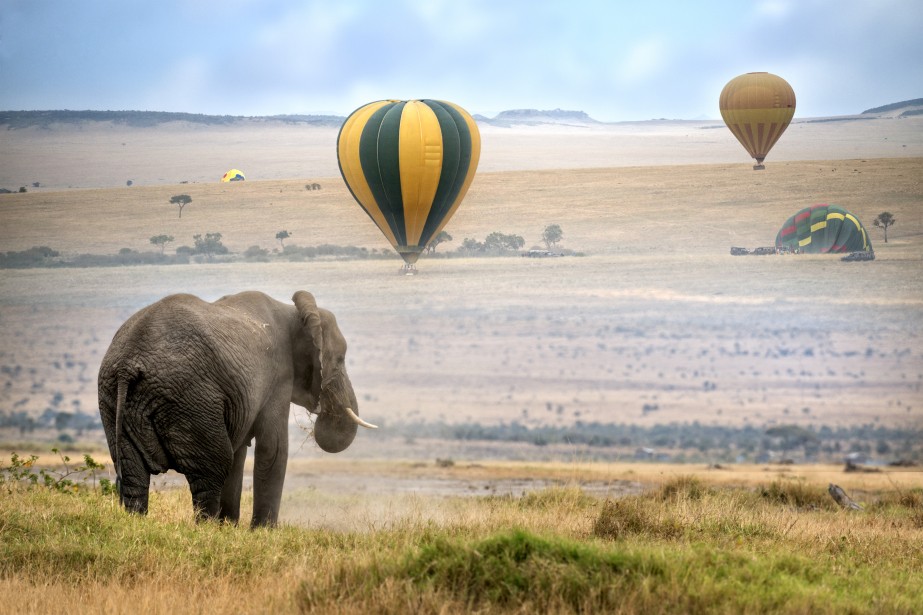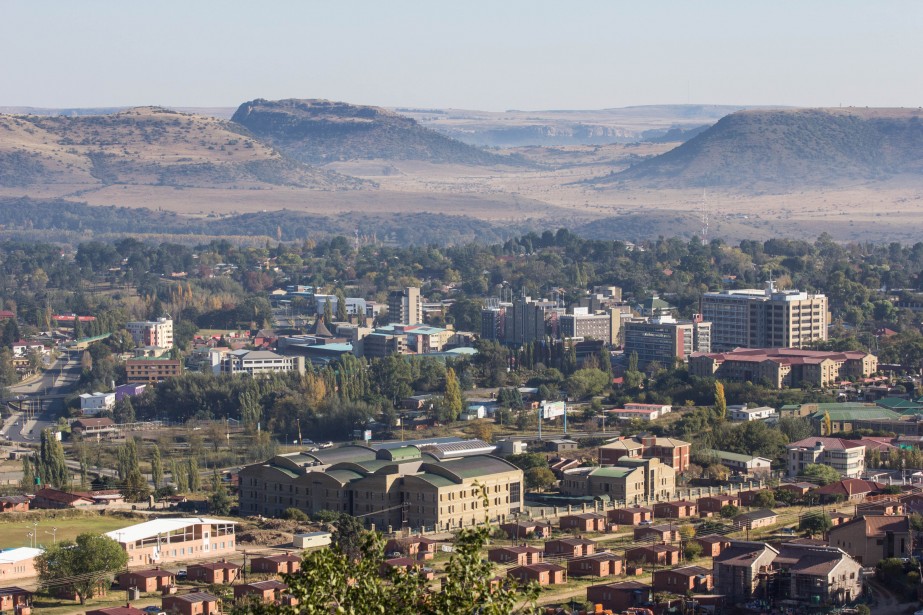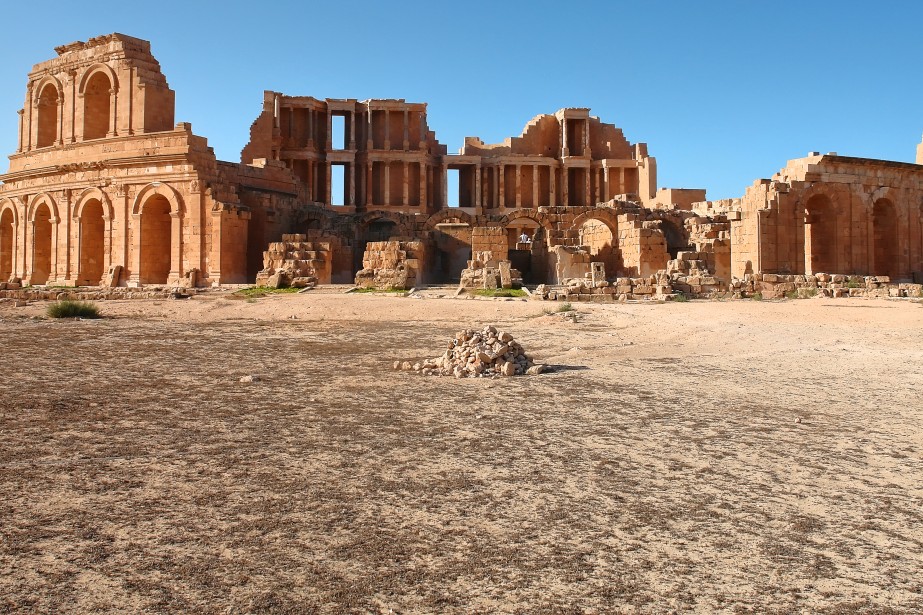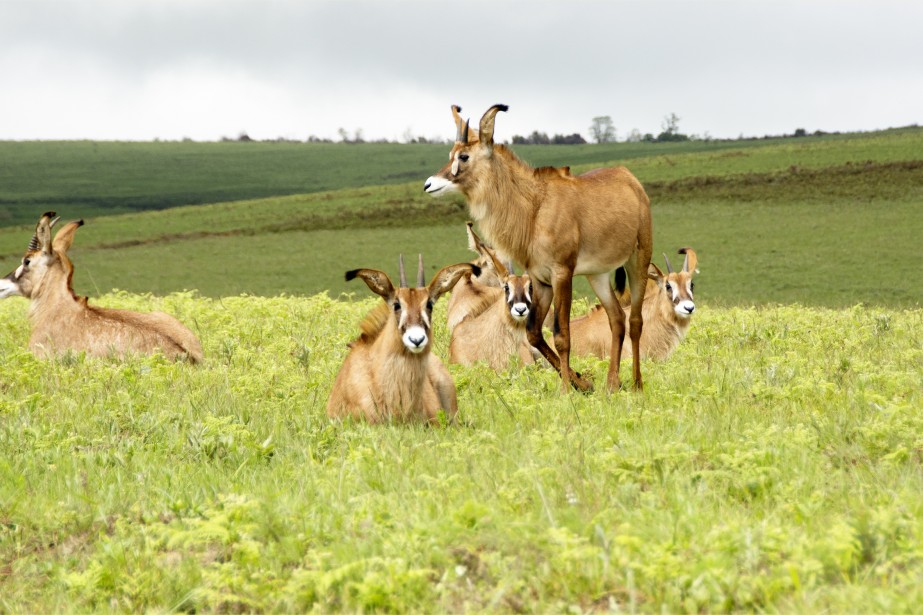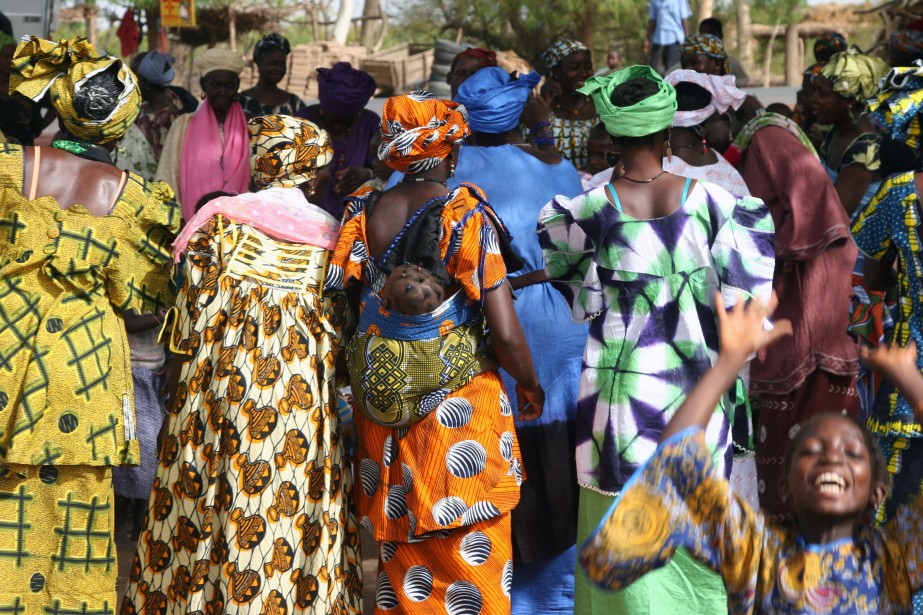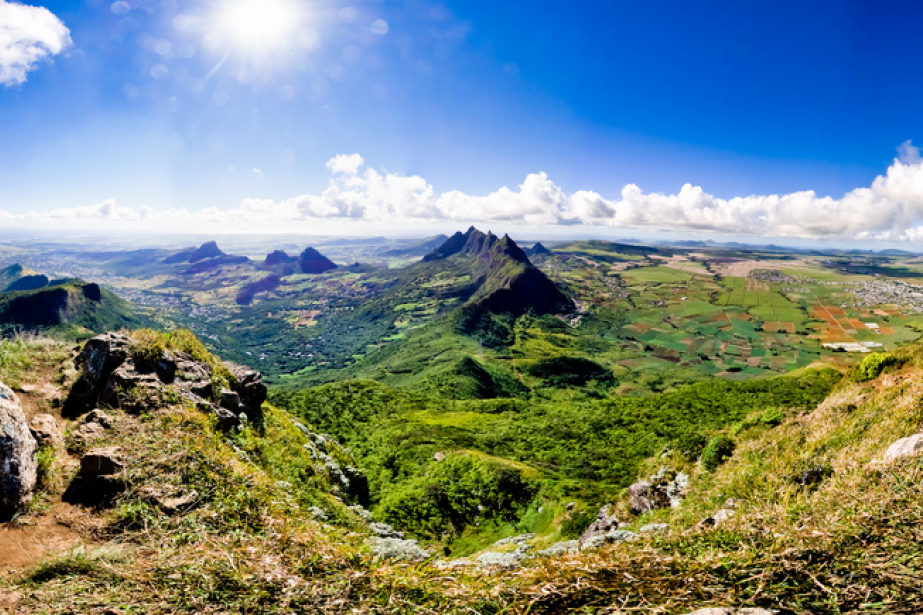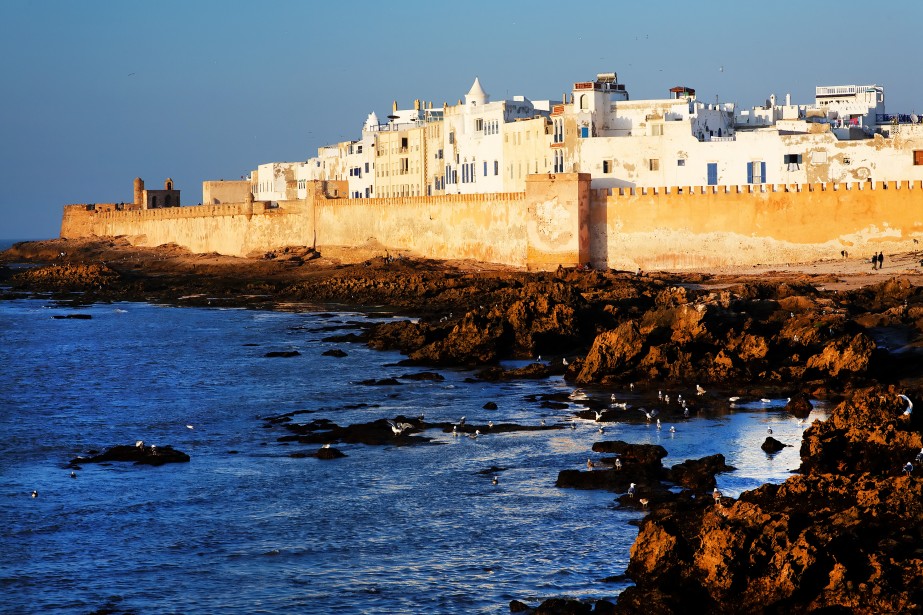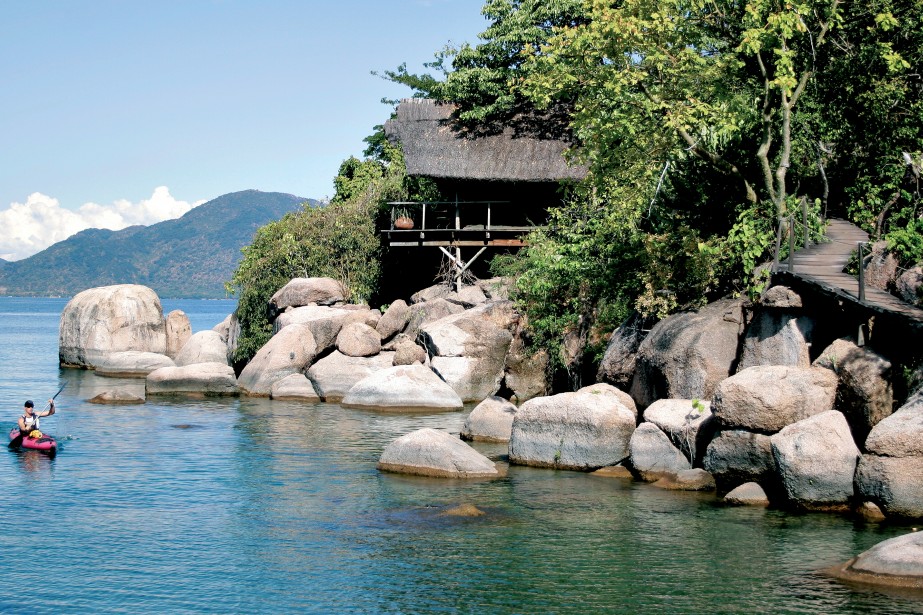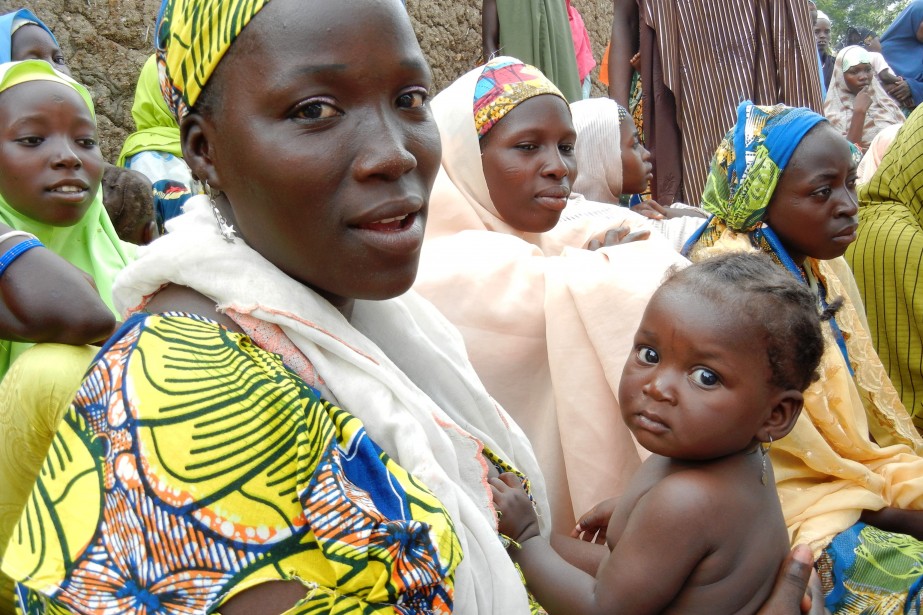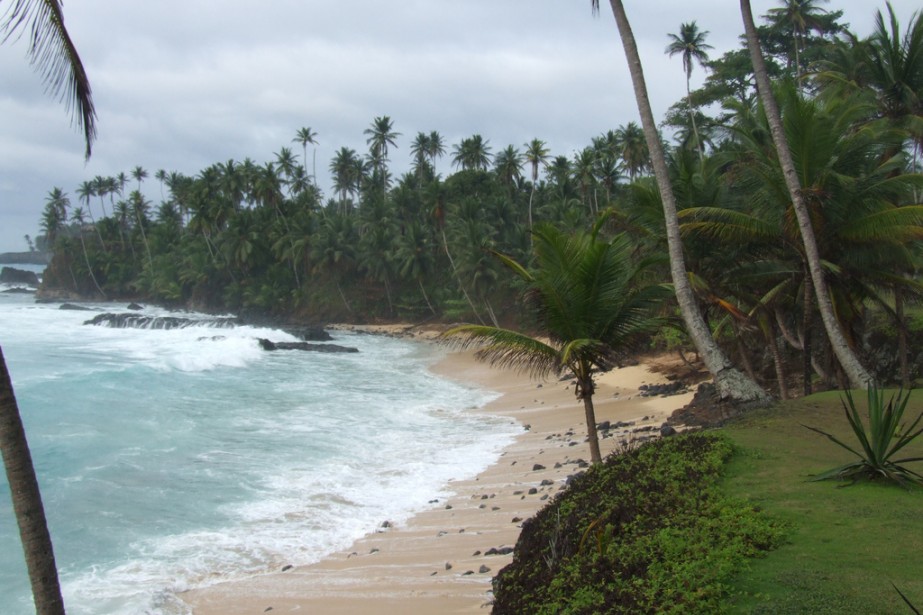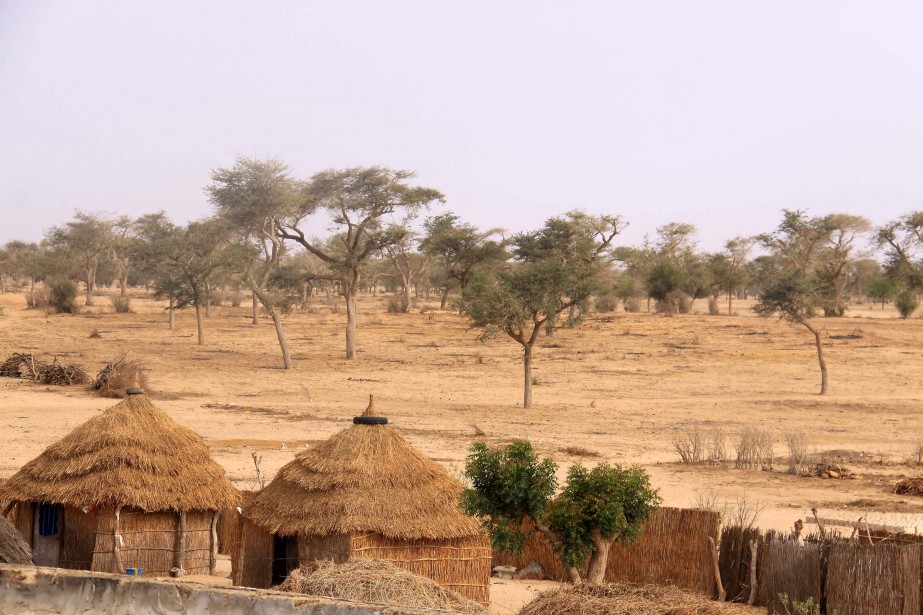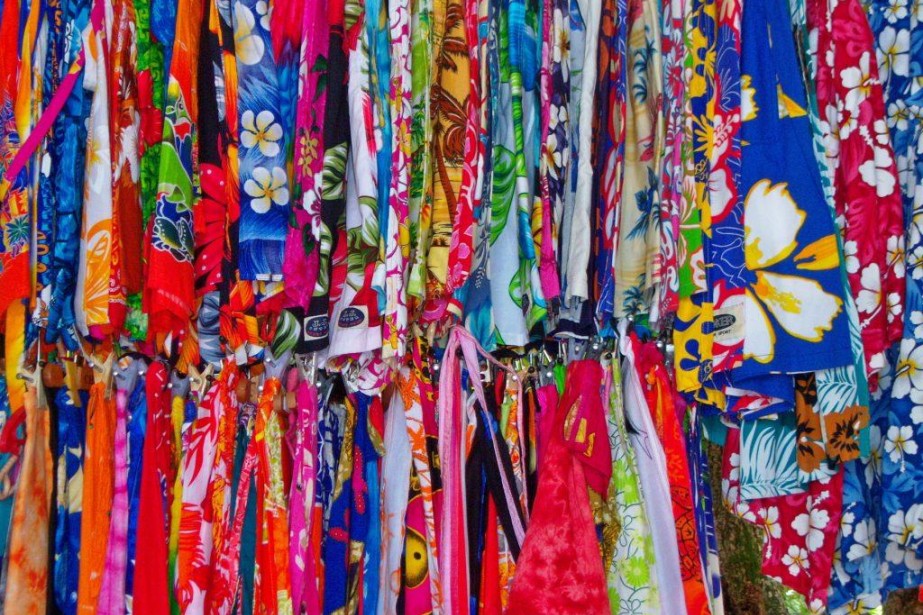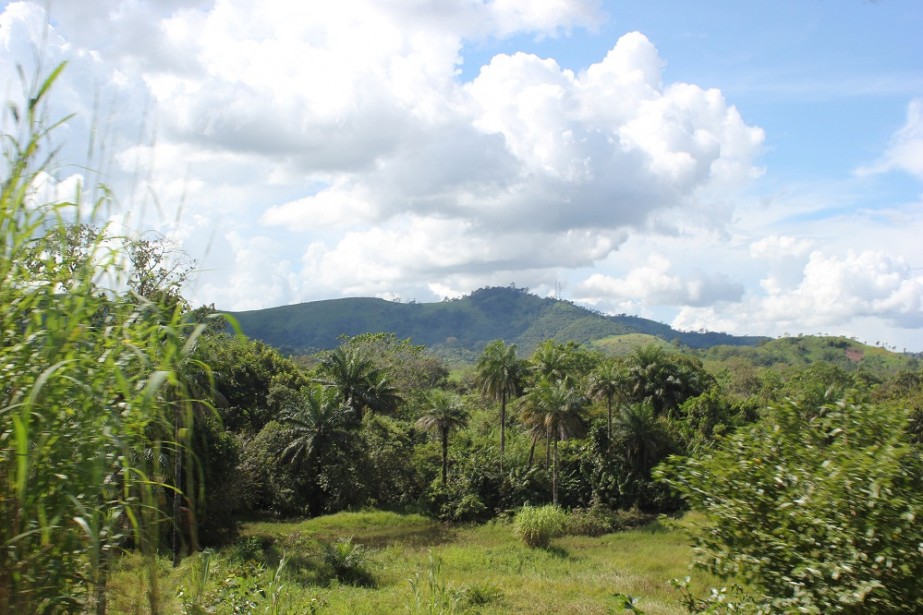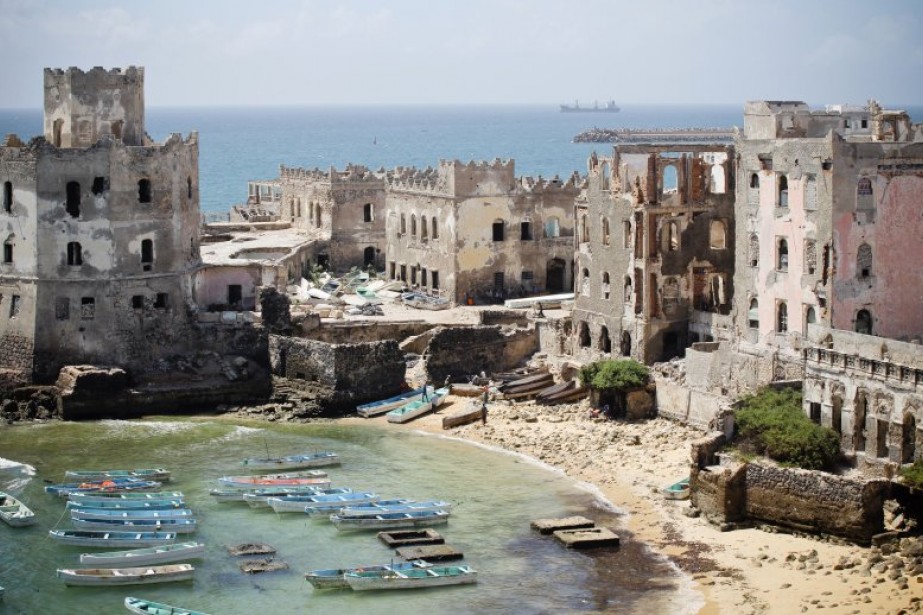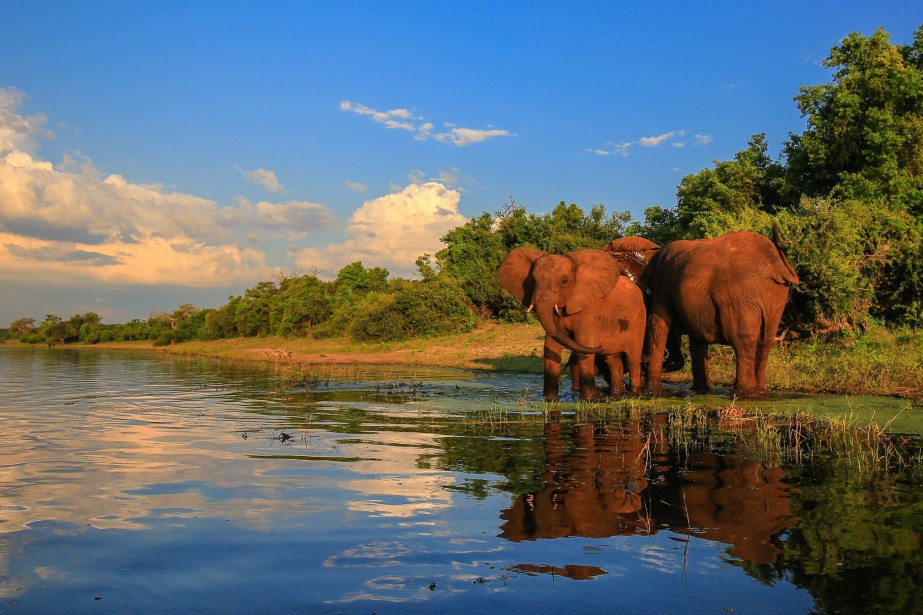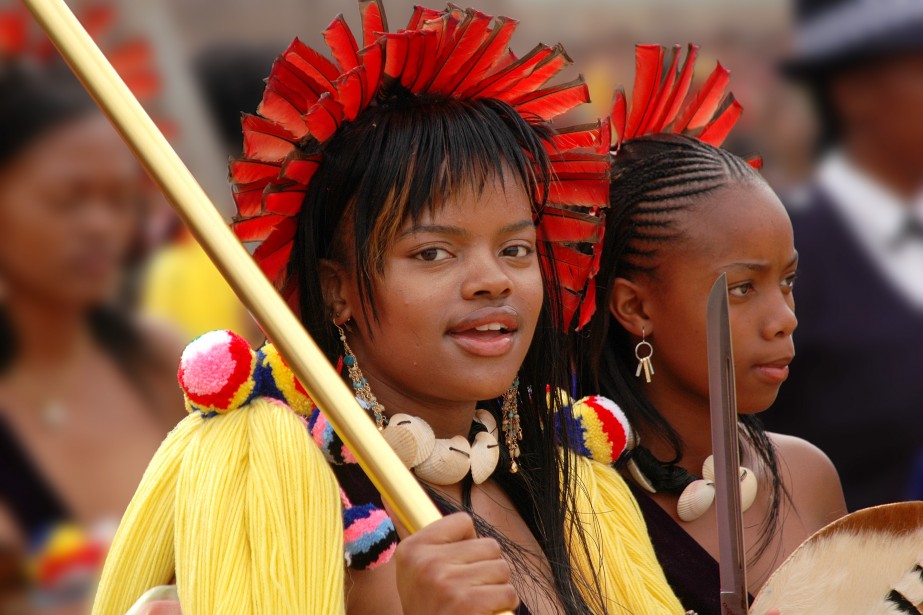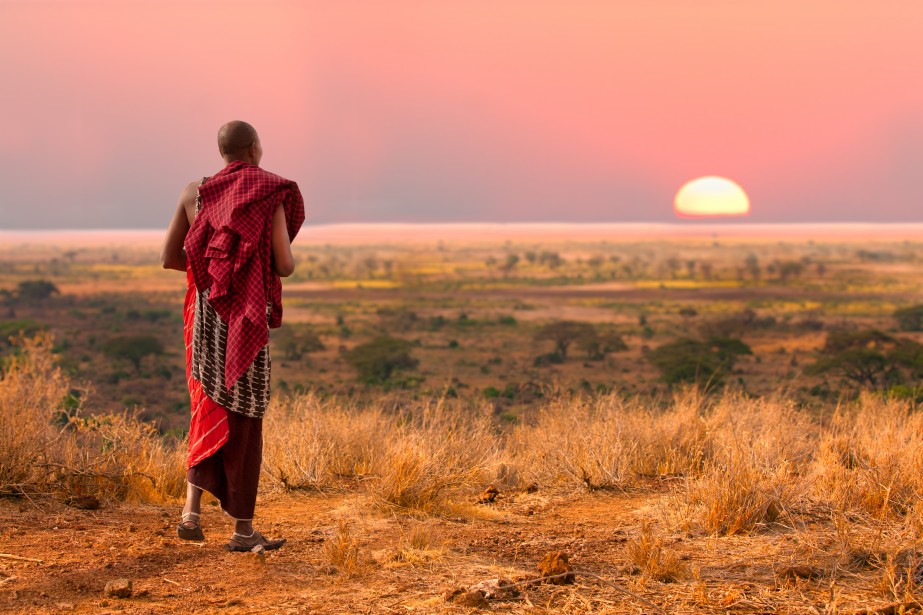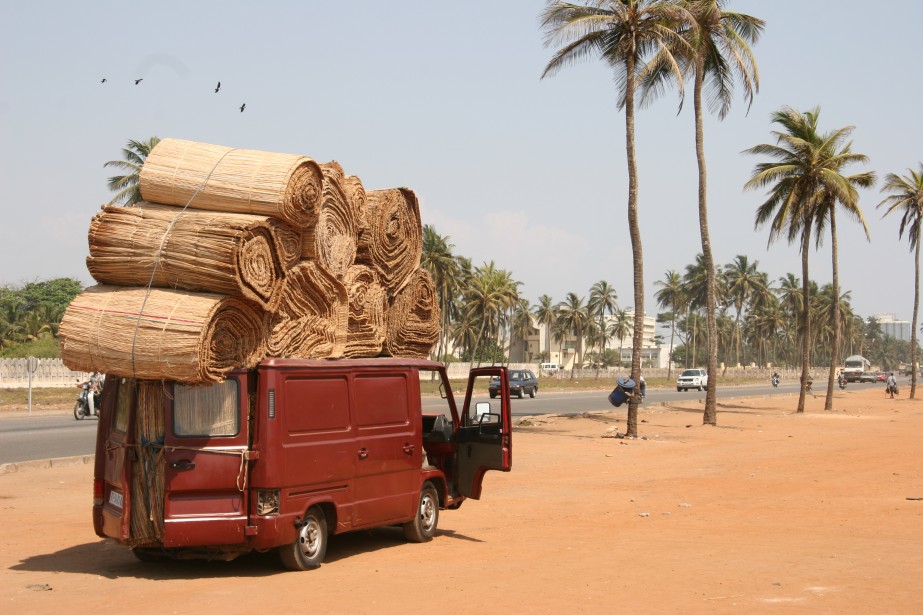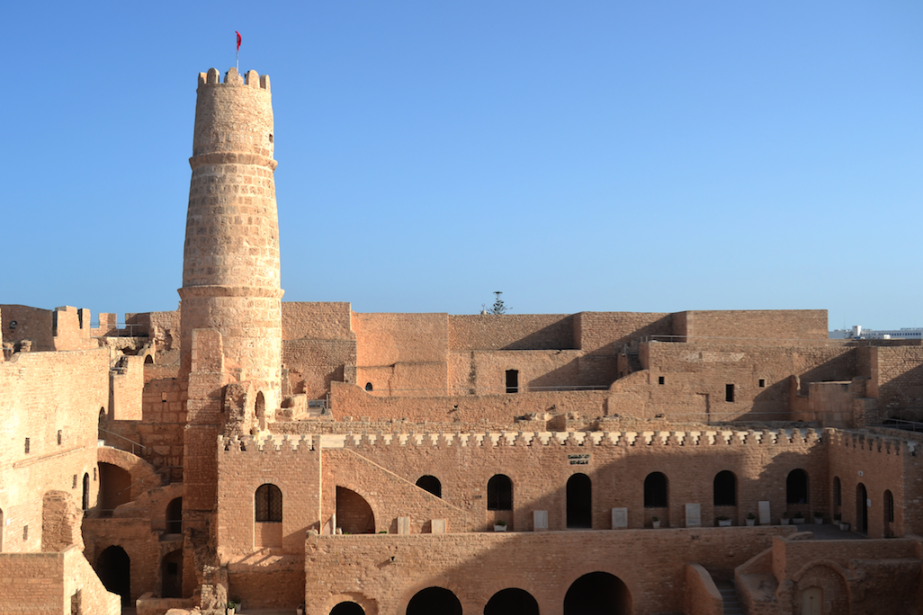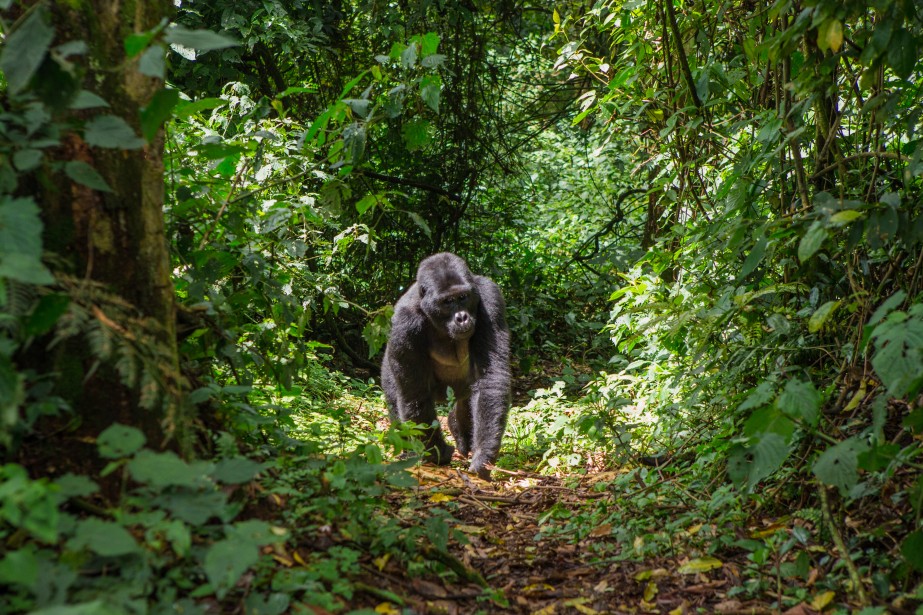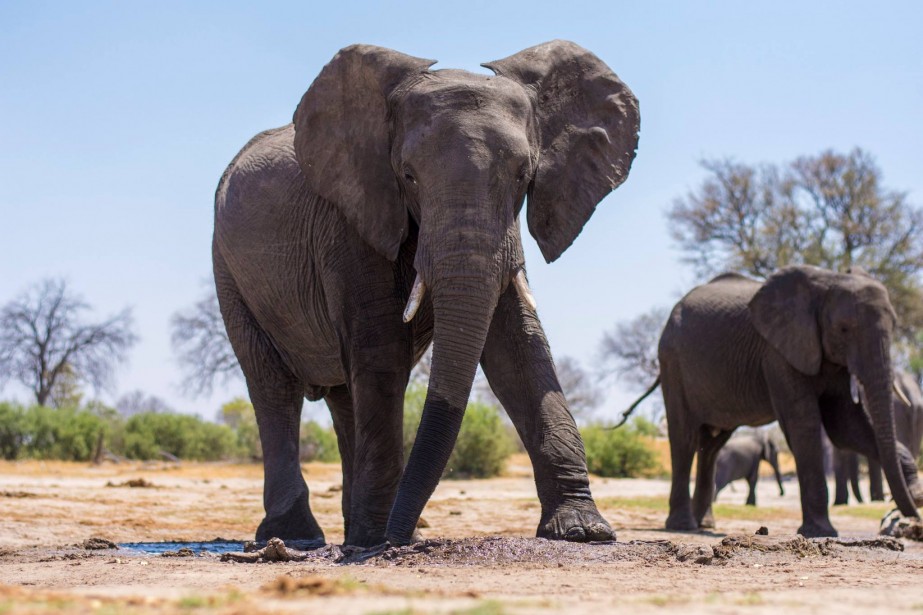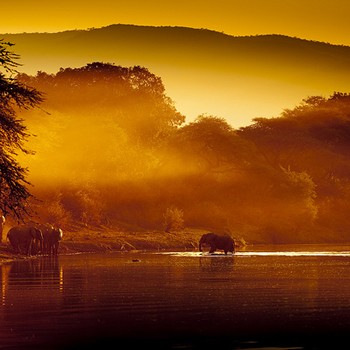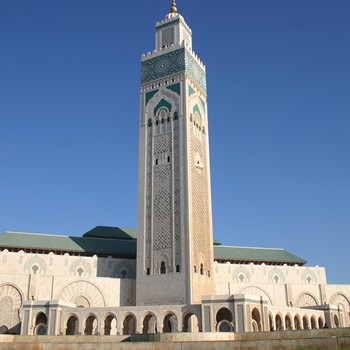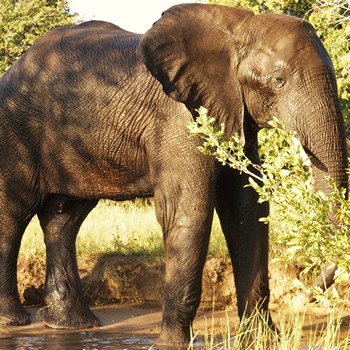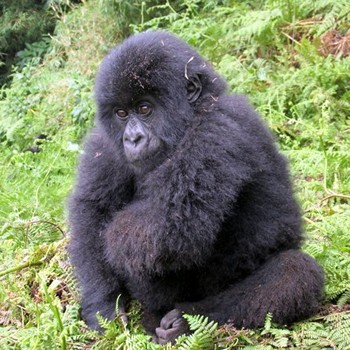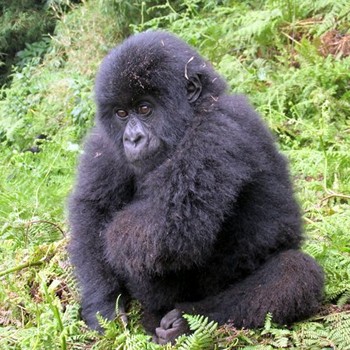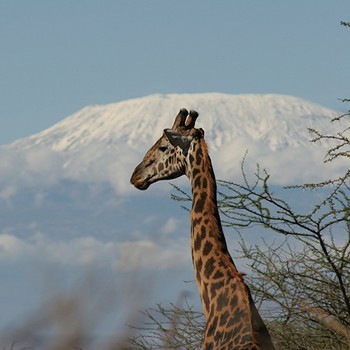Submitted by Theresa Matherne on July 28, 2016
Overview
Archaeologists attest that people have lived along the coastal plain of Libya for at least 8,000 years. The original inhabitants, known as the Berbers, were proficient in agriculture. Berbers are the people originally referenced by the term “barbarian,” but the Berbers were actually farmers.
Libya had a turbulent time during the twentieth century. Having been first colonized by Italy, then released, Libya then went through political turmoil when the king was overthrown in 1969. The country remained under its military republic until the 2011 civil war broke out. Since then, the country has been politically unstable, with many embassies pulling out of the country.
Despite its political unrest, Libya is a country with a full and rich culture, filled with ancient literature, diverse cuisine, and distinctive folk music. The Tuareg people of southern Libya have their own type of folk music and it is usually performed by women. While there is little pop music exposure and no pop music industry in Libya, their music is rich, full of instruments like the zokra, the flute, and the darbuka. Complex clapping is often found in Libyan music as well. Across the Bedouin, there are many bards, singing songs and telling stories.
When to Travel – Weather
Libya has five different climates throughout the country. With the Mediterranean on one side and the Sahara Desert on the other, there is no one type of climate. Along the Mediterranean Sea, the weather is dry, with little rain, but the summers are warm and the winters are mild. The highlands of the country are far cooler, even getting frost on its highest peaks. The desert has extremely hot temperatures as well as extreme temperature changes between night and day.
Because of the wide variety of weather in Libya, the best time to travel there really depends on your destination. In general, the more agreeable time to go is from October to December, when it is still warm, but not cold. The skies are usually clearest at this time of year as well. The coastal area of Libya has temperate weather all year and can be visited at any time.
You will want to avoid the Sahara in the summer altogether if you are planning a desert visit. The temperatures are extreme to say the least. If you are visiting in summer, it is recommended you stick to the coast. For the western and eastern sides of Libya, the weather is most agreeable for travelers between September and May, again avoiding the summer heat.
Food and Drink
Due to the high Muslim population, around 97% of inhabitants are Muslim, pork and alcohol are illegal to bring into the country. There is a very restrictive list on foods that cannot come into the country, including anything from Israel and some medications. Check with the embassy before traveling to ensure your personal safety.
Libyan cuisine is derived from Mediterranean/ NA-North Africa, and Middle Eastern cuisine. One of the mainly common Libyan/ dishes is the {Arabian Soup} or {Shorba Arabiya}. The thick soup is made with lamb,onions, chickpeas, tomatoes, and lots of spices. As pork is forbidden, no food in Libya is made with pork of any kind, so lamb and chicken are common.
The food of the capital, Tripoli, is strongly derived from Italian food, maintaining the influence from the colonial period. Pasta is commonplace in Tripoli as well as lots of seafood dishes. Southern Libyan cuisine is extra influenced by Berber and Arab traditions and full of fruits plus vegetables, including figs, olives, oranges, and apricots.
Bazin is a typical Libyan food made through wheat flour. The flour is boiled in saltwater to create a hard dough before being molded into a round dome. The dome is then covered in a lamb tomato sauce with potatoes. Usually eggs are put inside the dome itself. The dish is served with lemon or chili peppers.
Batatamubattana, meaning filled potato, is another common dish in Libya. Batatamubattana is made from fried potatoes filled with spiced meat, then covered through egg as well as bread-crumbs.
Alcohol is illegal in Libya. Common non-alcoholic drinks include Libyan tea, which is a thick beverage served in a small glass, and Maghrebi mint tea. Coffee and soft drinks are usually available as well.
Popular Vacation Spots
Tripoli: The capital city is a must-see when traveling to Libya. The architecture is extremely distinctive, having influences from both the Italians as wells as the Ottomans. One site within the city that you need to take in is the Arch of Marcus Aurelius, giving a glimpse into the area’s Roman history.
Assai al-Hamra: Also known as the Red Castle Museum, Assai al-Hamra is the national museum of Libya, located in Tripoli. The museum was founded during the Italian occupation, when the colonials converted a section of the castle to house the archaeological artifacts that were previously scattered across the country. Its collection is immense.
Jamahiriya Museum: Also found in Tripoli, the museum houses one of the finest collections of classical art of anywhere along the Mediterranean. Boasting 47 galleries, the museum provides an overview of every period of Libyan history.
Martyrs’ Square: A downtown Tripoli landmark, the square is the main commercial center of the capital. It is noteworthy due to its large legendary fountain at the middle of the square, designed by an Italian architect. The square has been in the same place since the Italian rule, but was renamed to Martyrs’ Square in 2011 following the start of the Libyan civil war.
Sabratha: Located west of Tripoli, the ruins of Sabratha are the oldest site of Roman ruins in Libya. The ruins have been well-preserved and are best visited with a guide.
Jebel Akhdar: For the avid hikers and nature lovers, Jebel Akhdar is a must-see. Noted for its green scenery and moderate climate, the area is still undeveloped. You will not find restaurants or accommodations here. The locals in the area are known for their hospitality however.
D’jmaa al-Kabir Mosque: Located in the desert town of Ghadhames, the mosque’s minaret can be climbed for a panorama of the entire city. Ghadhames is known as the “Pearl of the Desert,” and is a white-washed oasis town covered with a labyrinth of walkways.
Leptis Magna: This ancient town dates back centuries BC, but was only uncovered within the last century. In a remarkable state of preservation, visitors can still see its triumphal Arch, basilica and amphitheater, and its marble Hadrian baths, remnants of the Roman Empire.
Cyrene: Another amazing archeological site worth visiting, Cyrene is an ancient Greek city situated in the Jebel Akhdar Mountains. The site is very well persevered and offers magnificent views.
Practical Information
Political Unrest
Due to the political turmoil the country has been in since 2011, many countries will advise against foreign nationals traveling to Libya at this time, even in extenuating circumstances. Citizens of neighboring countries should be granted entry without visa, but foreign nationals will need to obtain a visa before traveling to Libya. Major airlines had pulled out of flying to Libya, but a few have begun to have short flights into Libya from Europe. If you are planning on visiting Libya during this time, be smart and aware of the situation. Check the news and watch for any ongoing uprisings the country may be experiencing.
Currency
The monetary unit is the Libyan Dinar. You can only exchange money for Dinars in Libya itself, so you will need to bring adequate cash with you. There are ATMs in Tripoli, however, it would not be good to rely on them. Due to the political unrest, the ATMs are unreliable and will not always have money or a phone line to call your foreign bank. When they are working, there is usually a limit to the amount of money you can withdraw at a time.
Tradition and Culture
Bartering is not common in Libya, unlike neighboring countries and you may be considered rude for suggesting a lower price for an item. Remember that the country follows the Sharia, the laws of Islam, and the consumption of alcohol and pork are both forbidden, as are any animals that were not killed by humans. So if an animal was killed by a dog, its meat is forbidden to eat. Meat must also be hung upside down to drain out the blood before it can be cooked and consumed; consuming blood is also forbidden.

